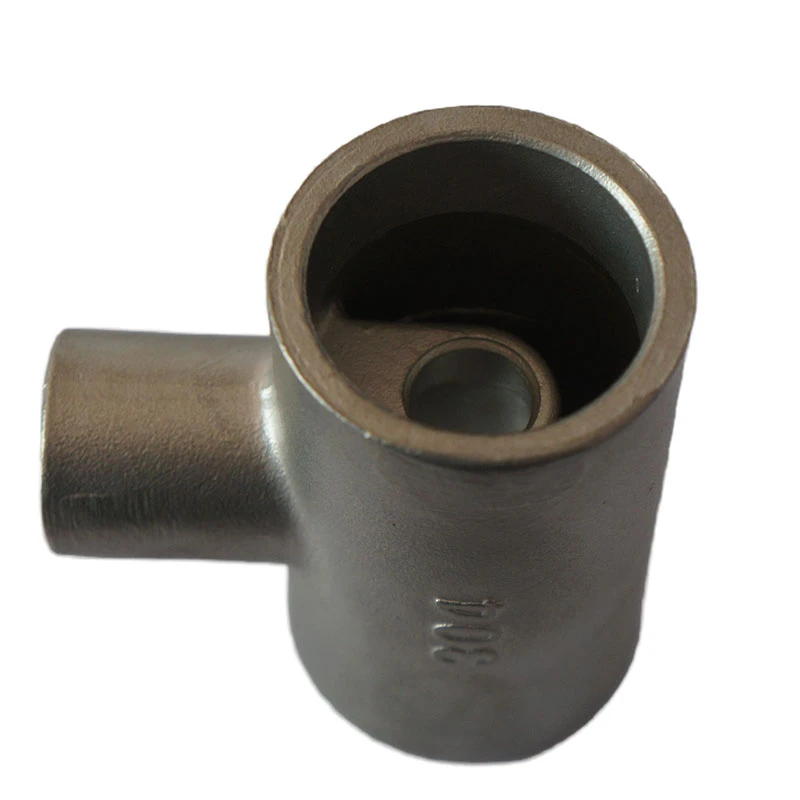die casting types
Understanding Die Casting Types An Overview
Die casting is a manufacturing process that involves forcing molten metal under high pressure into a mold (die). This process is widely used in various industries to produce parts with high dimensional accuracy and complex shapes. Understanding the different types of die casting is crucial for selecting the appropriate method for a specific application. This article provides an overview of the primary types of die casting hot chamber die casting, cold chamber die casting, and low-pressure die casting.
Hot Chamber Die Casting
Hot chamber die casting, also known as pressure die casting, is ideal for metals with low melting points, such as zinc, magnesium, and tin. In this process, the melting furnace is integrated with the die cast machine. As the metal is melted in the furnace, it is directly fed into the chamber where it is injected into the mold.
One of the main advantages of hot chamber die casting is its speed. The continuous supply of molten metal allows for rapid production cycles, making it suitable for high-volume runs. Additionally, the process is more efficient since it minimizes the need for transporting molten metal, reducing waste and energy consumption.
However, this method has limitations. Due to the high temperatures involved, it is not suitable for metals with high melting points, such as aluminum and copper. Furthermore, the need for a movable gooseneck, which can wear out over time, can necessitate frequent maintenance.
Cold Chamber Die Casting
Cold chamber die casting is a preferred method for aluminum, brass, and other high melting point metals. Unlike hot chamber die casting, the molten metal is first poured into a separate chamber before injection. This chamber is closed off, and a piston forces the molten metal into the die at high pressure.
Cold chamber die casting offers several benefits. The separation of the melting furnace and the casting chamber allows for the use of metals with higher melting points, expanding the range of materials that can be processed. Additionally, this method is less prone to contamination by the lubricants and coatings used to facilitate the hot chamber process, which can affect the quality of the finished product.
die casting types

However, cold chamber die casting typically incurs longer cycle times due to the extra step of transferring molten metal, making it less efficient for very high-volume production compared to its hot chamber counterpart.
Low-Pressure Die Casting
Low-pressure die casting is a relatively newer technique that has gained traction in recent years. In this process, molten metal is poured into a chamber and then allowed to fill the mold through a low-pressure gas, typically air. This technique is ideal for producing intricate shapes and thin-walled parts.
The primary advantage of low-pressure die casting is its ability to reduce porosity in the finished product, leading to increased structural integrity. This method allows for precise control over the filling rate of the molten metal, helping to minimize defects that can occur during the casting process.
Low-pressure die casting is particularly well-suited for manufacturing large, complex components used in the automotive and aerospace industries. Its ability to produce high-quality parts with excellent dimensional accuracy is often a deciding factor for engineers and manufacturers.
Conclusion
Die casting is an essential manufacturing process with various methods tailored to specific applications. Hot chamber die casting is efficient for low melting point metals, while cold chamber die casting accommodates higher melting point materials. Low-pressure die casting stands out for its ability to produce high-quality components with reduced porosity.
Each type has its own advantages and limitations, making it vital for manufacturers to choose the appropriate die casting method based on their specific needs. Understanding these types can greatly enhance production efficiency and the quality of the final products, contributing to the success of the manufacturing process in diverse industries. Whether for automotive parts or intricate machinery components, die casting continues to be a crucial technology in modern manufacturing.
-
Expert Aluminum Green Sand Castings | Quality & Cost-EffectiveNewsAug.31,2025
-
Precision OEM Housing: Custom Cast Components ExpertNewsAug.30,2025
-
OEM Sand Casting Nodular Cast Iron-Baoding Hairun Machinery And Equipment Trading Co., Ltd.|Customization&Quality AssuranceNewsAug.29,2025
-
OEM Sand Casting Nodular Cast Iron-Baoding Hairun|Precision CustomizationNewsAug.29,2025
-
High-Quality Aluminum Green Sand Castings ServicesNewsAug.29,2025
-
Custom OEM Stamping Parts | Precision Metal ManufacturerNewsAug.28,2025















